Juraj Sonlajtner from the City Work Architects studio is behind the design for the Metropolis housing project under construction in the Bratislava centre by the Prague company Mint Investments. Close developer-architect cooperation is the basis for creating an exceptional project, bringing the highest standard of living to the Bratislava’s new downtown. Juraj Sonlajtner and the developer Sebastien Dejanovski talk about what the decisive element is in choosing the standard and materials for modern residential housing of the 21st century.
At what stage of the project do you decide on its material and technological equipment?
J. Sonlajtner: The standard starts to be considered at the beginning of the project, when designing urban landscaping, in the first architectural consideration and when getting to know the location. Already at that point we have to think about the final shape of the project, from the façade through to the equipment of the units. The product always takes the spotlight, and the standard comes with it. In the case of Metropolis, we shared an idea with the developer about what we were going to build and what clients the project is intended for, and for this reason we were able to approach the project more efficiently.
S. Dejanovski: As a developer, it was my wish from the outset that Metropolis be a nice project. It was important for me that it looks nice and be elaborated in every detail. First and foremost, I always look at the users’ comfort, safety, and well-being that the project is to give them. That’s why I wanted recuperation there so that people have a more pleasant climate and healthier air all year round. And ceiling cooling and heating that is economical as well as environmentally friendly and will allow for better use of space in apartments, because you have more room. I was looking at the project through the user’s eyes, so it was important for me that the project was of a high standard of comfort. The architecture was fully in Juraj’s hands.
Metropolis is currently bringing the highest standard not only in the downtown area, but also ranks among the projects with the highest standard in the whole of Bratislava. Isn’t that a little bold in the present times?
S. Dejanovski: Architecture of high quality requires quality products. We need to realise what trend we are setting in this location. I believed that we were designing a building that would bring some prestige to the downtown and elevate it. We simply couldn’t put in plastic windows here. We went for high-quality metal large-format windows that will beautifully illuminate the space. Likewise, wall and floor tiles, we chose those that will be appreciated even by our more demanding clients.
J. Sonlajtner: We had trust in this location from the beginning. We knew that the downtown would be a prestigious location deserving the cosmopolitan architecture of the 21st century. Some developers might have done a cheaper project here worrying for their commercial success if they were to make it in a more exclusive manner. Therefore, my answer to the second part of the question is – yes, the choice of standard testifies to the courage of the investor – developer. But it also shows that the investor – developer understands his business, stands by his vision and is not afraid of changes and price developments that come his way, and will uphold the quality even when prices go up. The standard of interiors and technology must reflect the original idea.
Who in your team decides what materials will be used to build the structure and what equipment will be in the building?
S. Dejanovski: It’s always about the decisions of the whole team. Not only the two of us, but there is also Marek Moucha – project manager of Metropolis, and Michal Křovák – project manager of Mint Investments. And it’s about mutual trust. From the outset, I fully trusted Juraj that he was designing the project that is not only architecturally interesting, reasonable in its layout and iconic “for a long time to come”, but that the whole thing would also make sense economically. I had no doubt that Metropolis had been pre-destined for commercial success. And because we trust each other, we can handle everything very efficiently. Something that is clearly visible in this project.
J. Sonlajtner: The brands and materials were selected on the basis of quality and our long-term experience with them. They have passed through our hands and their quality has been tested on several projects prepared by us. We do not take risks with unknown suppliers. We do not want our clients to reduce their demands and compromise. For instance, for floors we gave preference to the one that is made of three layers of genuine wood. Because we know that this type is the most natural for people and also has a nice design.
On the basis of what do you make your decisions regarding design? What role does the location, client preferences or trends play here?
J. Sonlajtner: Bratislava has its specifics, both in terms of urbanism, design, and the client. Personal taste is also important here, which is based on the architect’s experience, studies, and trend monitoring. Each of us has their own input into the project in the form of their taste, which is confronted within the team. Lately, we have felt that our personal taste is well compatible with the taste of people. “Our company has grown aesthetically.” There were times when we had to choose those surface standards which the client wanted. But the public taste has been fine-tuned, cultivated, thanks to the fact that people read a lot, follow the media, where design is talked about a lot. Consequently, we, project designers, have an easy time to choose.
Do you prefer natural materials? Did you also think of the project’s environmental aspect and sustainability?
J. Sonlajtner: We generally prefer natural materials not only on surfaces but also in constructions. Natural materials such as concrete, glass, wood, stones, and metals are a fashionable trend today. Neither do we like plastic materials on the façade, we prefer natural materials.
S. Dejanovski: The most important environmental aspect of the project is that before starting the construction we had to clean the subsoil of the entire plot, the soil, and the water. So due to the project, the downtown is definitely healthier. Furthermore, the recuperation that will be here is environmentally-friendly. Likewise, the ceiling cooling and heating are less harmful to the environment and more energy efficient.
J. Sonlajtner: When we talk about the environmental benefits, in case of Metropolis the great benefit is that we are building upward in the city centre and are not expanding into the country. People do not have to commute to Bratislava by car, they will not stand in traffic for hours. They will be able to live and work in the centre, because Bratislava has made room for capacity housing here. This is environmentalism itself. We go for the highest quality certificated materials compliant with strict standards. Quality goes hand in hand with environmentalism.
Is Metropolis approaching the level of residential buildings in neighbouring countries in terms of quality and architecture?
J. Sonlajtner: Similar projects are being built in Poland, Austria, and Germany. In Slovakia, the standard is quite good. I’d dare say that Czech and Slovak projects have a better standard than projects in England or France. The building system in the Czech Republic and Slovakia is one of the best in Europe.
According to Zuzana Nosáľová, project manager from Herrys, the Metropolis project offers a wide range of quality materials in the category of standard and above standard. The offer is created at a high level, so buyers of even the most expensive apartments could choose and comfortably combine the equipment of their new apartment according to their own ideas.
“Interior designers who came with their clients to choose the standard and who also have gained experience from other Bratislava premium residential projects confirmed that the standard of the Metropolis project is excellent,” said Nosáľová from Herrys, adding: “As the project’s sales representative, we were able, thanks to the given quality standard in combination with an internal highly efficient selection process, to close 100% of apartments cards for the developer out of the total number that could have been concluded to a letter on intent in just 6 weeks.”
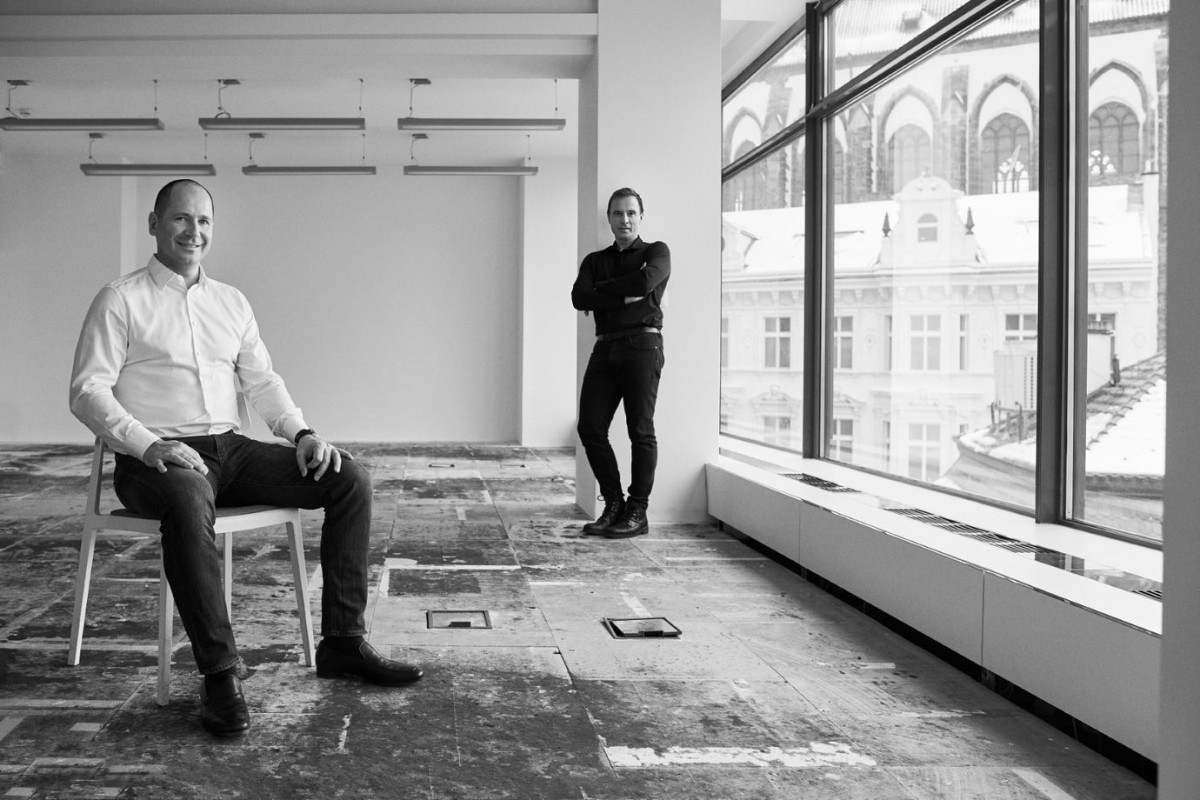
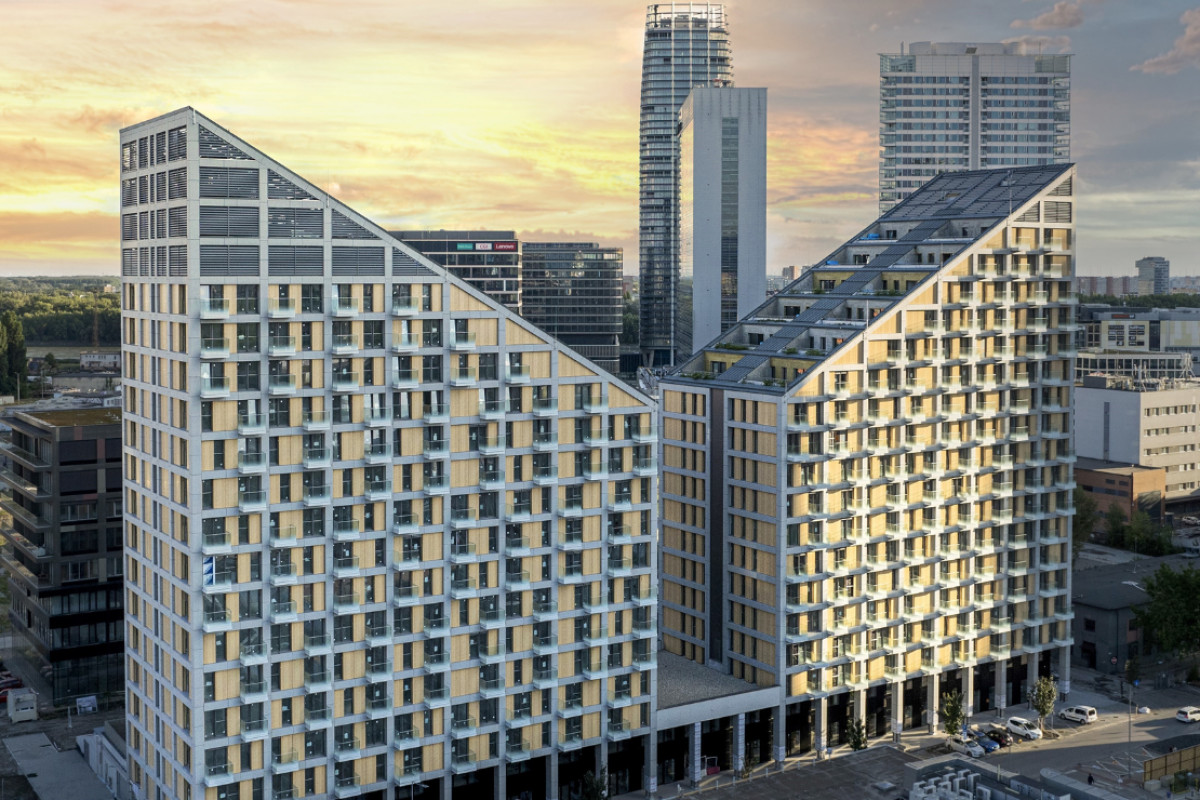 Metropolis Breaks Records: The Largest M-Shaped Building in Slovakia!
Metropolis Breaks Records: The Largest M-Shaped Building in Slovakia!
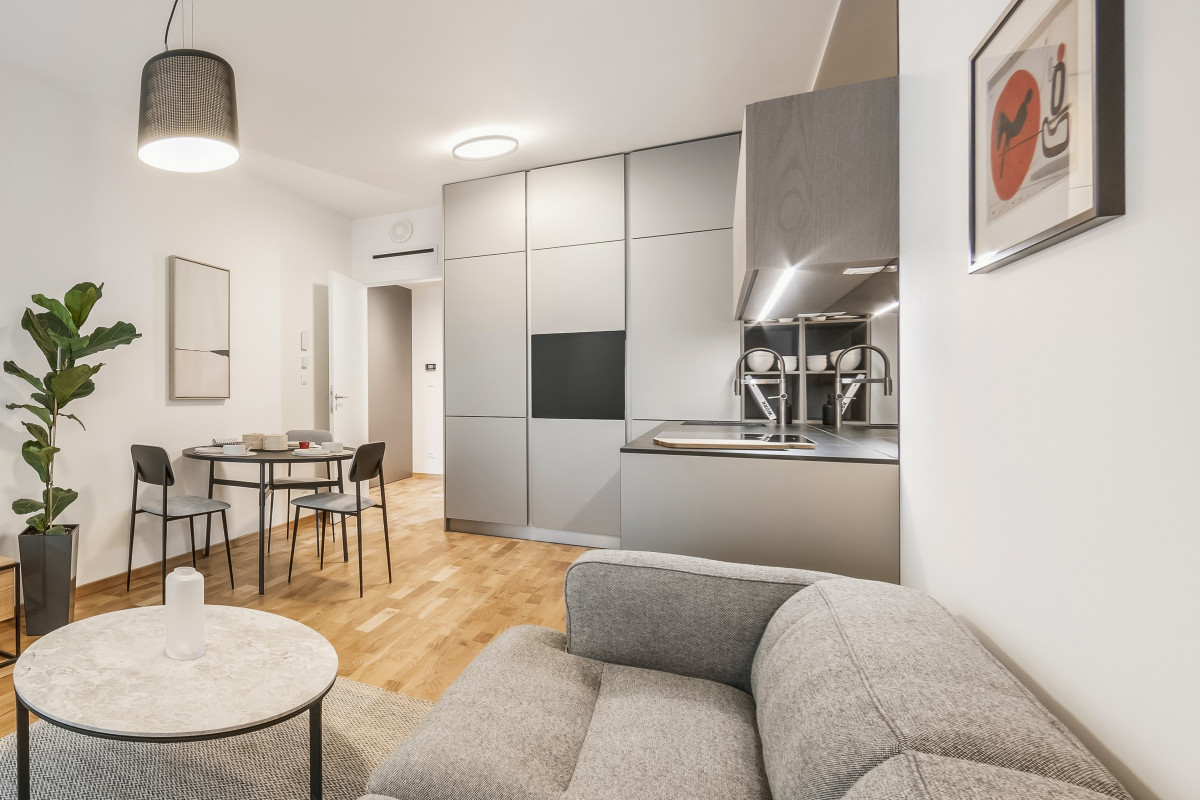 The Home of the Future: Metropolis Redefines Living in the Heart of the Capital
The Home of the Future: Metropolis Redefines Living in the Heart of the Capital
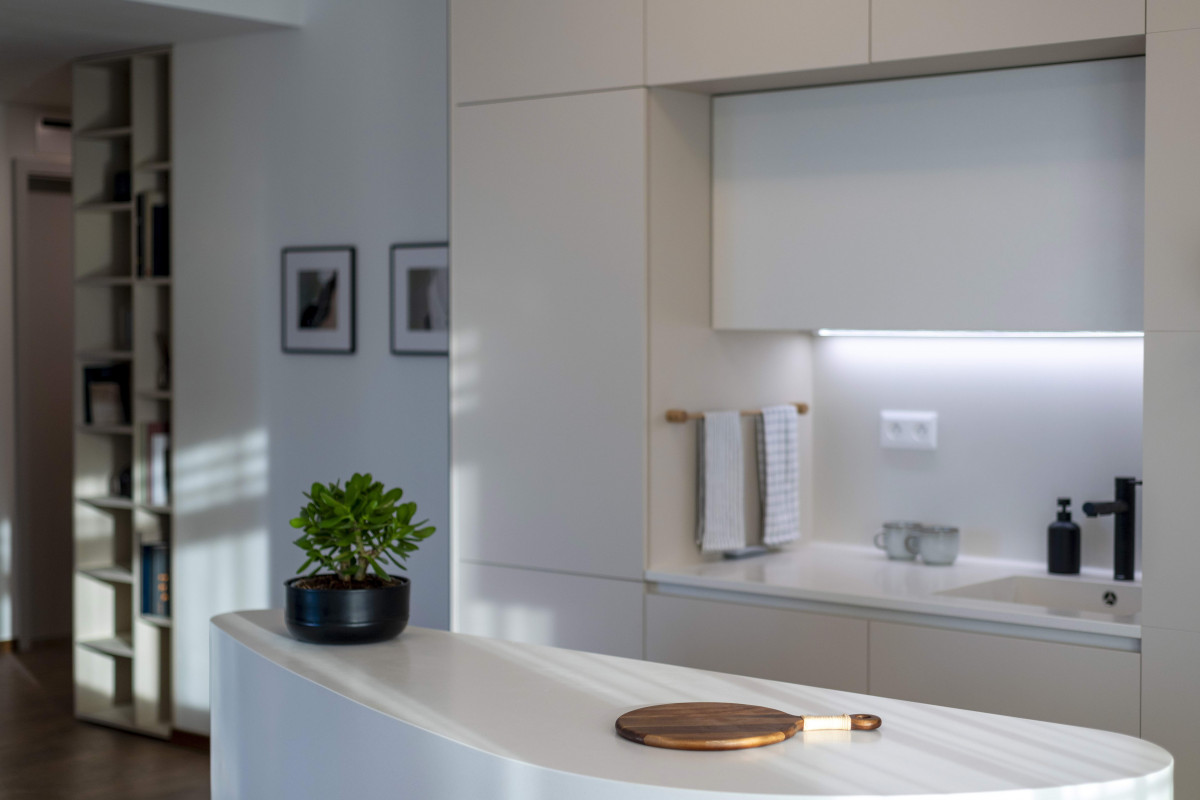 Luxury Living in the Heart of the Downtown: Metropolis is Near Completion and Shows Its First Apartments
Luxury Living in the Heart of the Downtown: Metropolis is Near Completion and Shows Its First Apartments
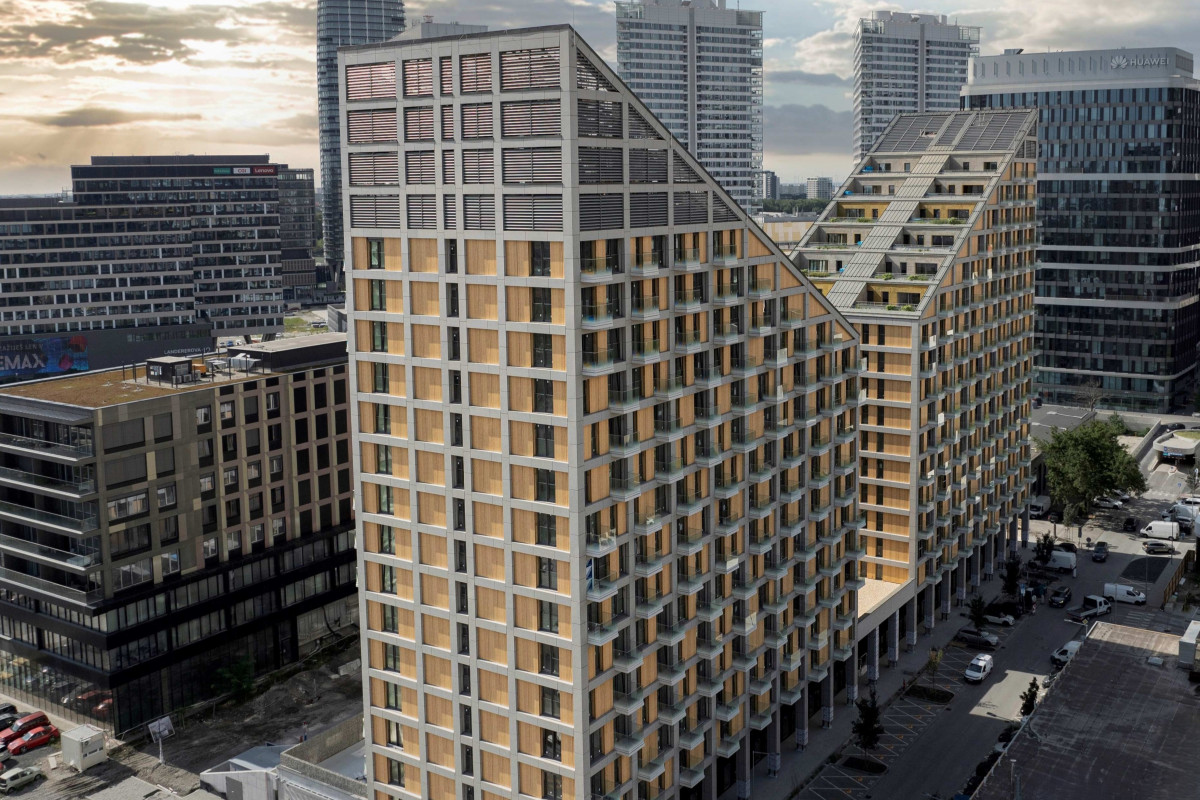 This is a lucrative Location for Your Successful Business
This is a lucrative Location for Your Successful Business
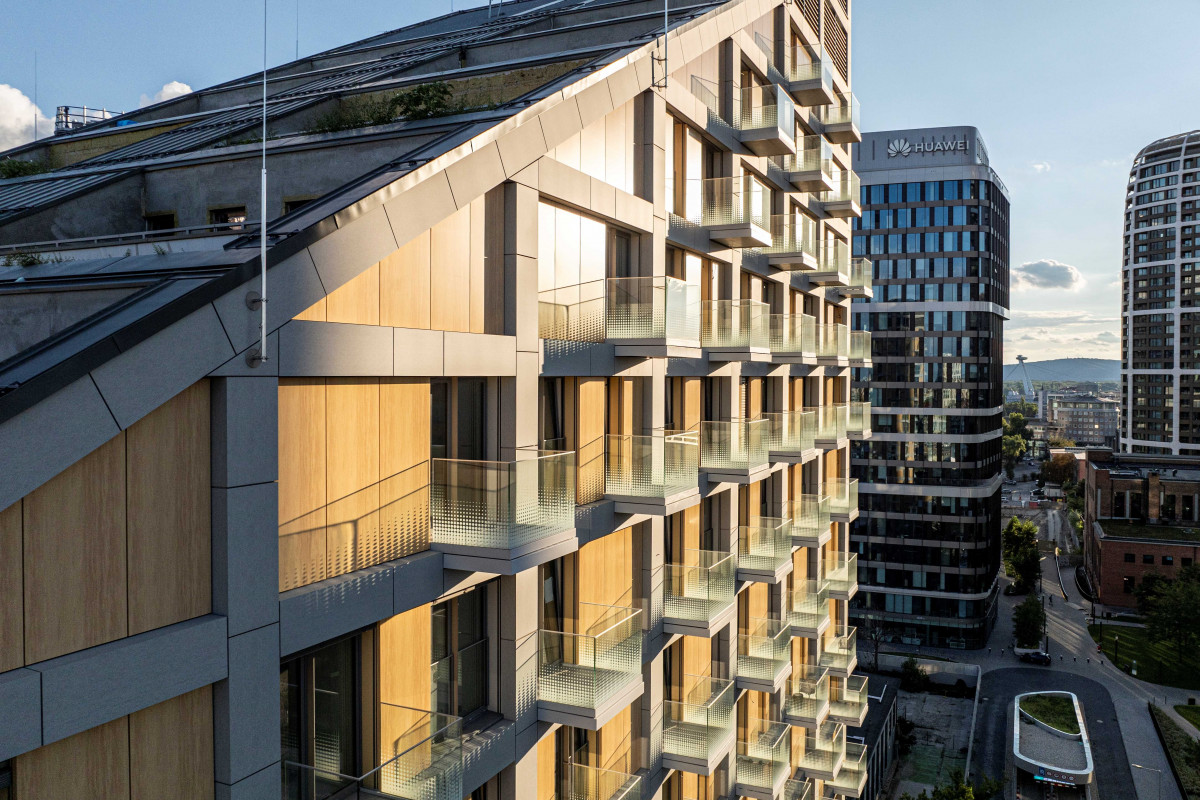 Metropolis has met the highest standards of modern urban living
Metropolis has met the highest standards of modern urban living
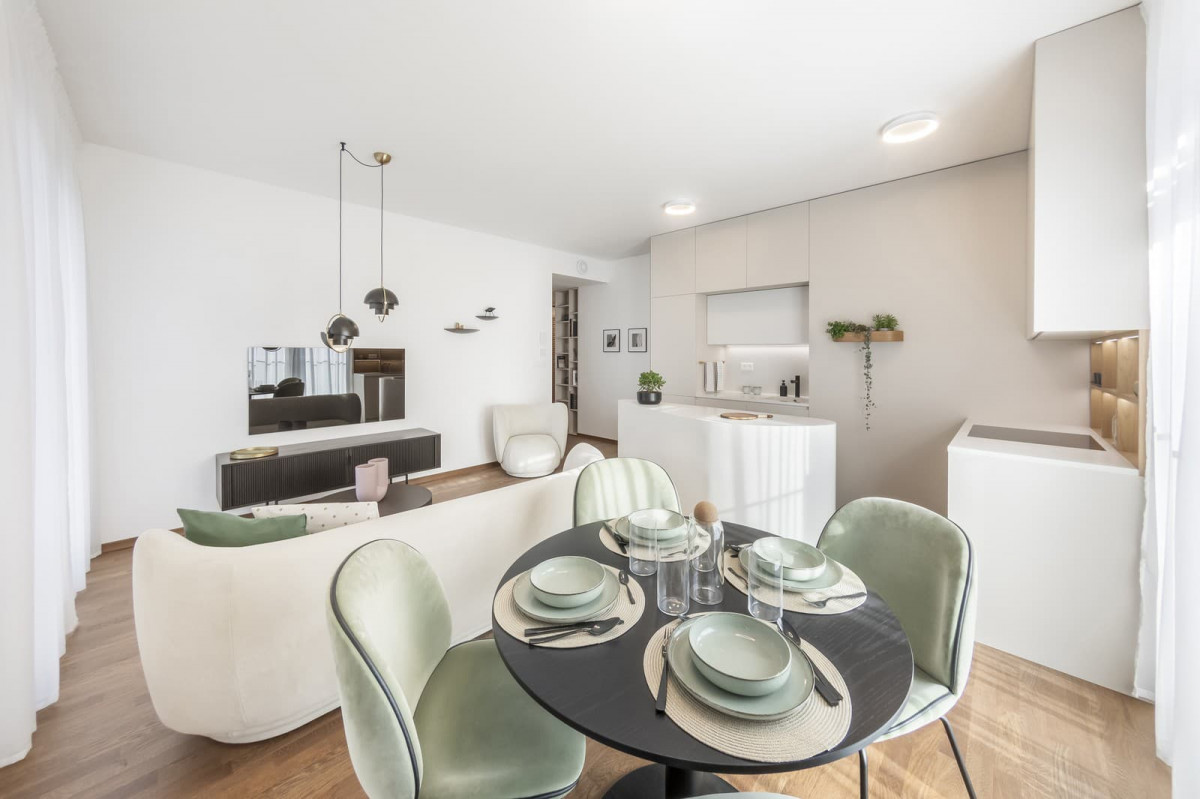 New Trend in Bratislava and Surrounding Areas: People Are Selling Houses and Moving to the New City Center
New Trend in Bratislava and Surrounding Areas: People Are Selling Houses and Moving to the New City Center
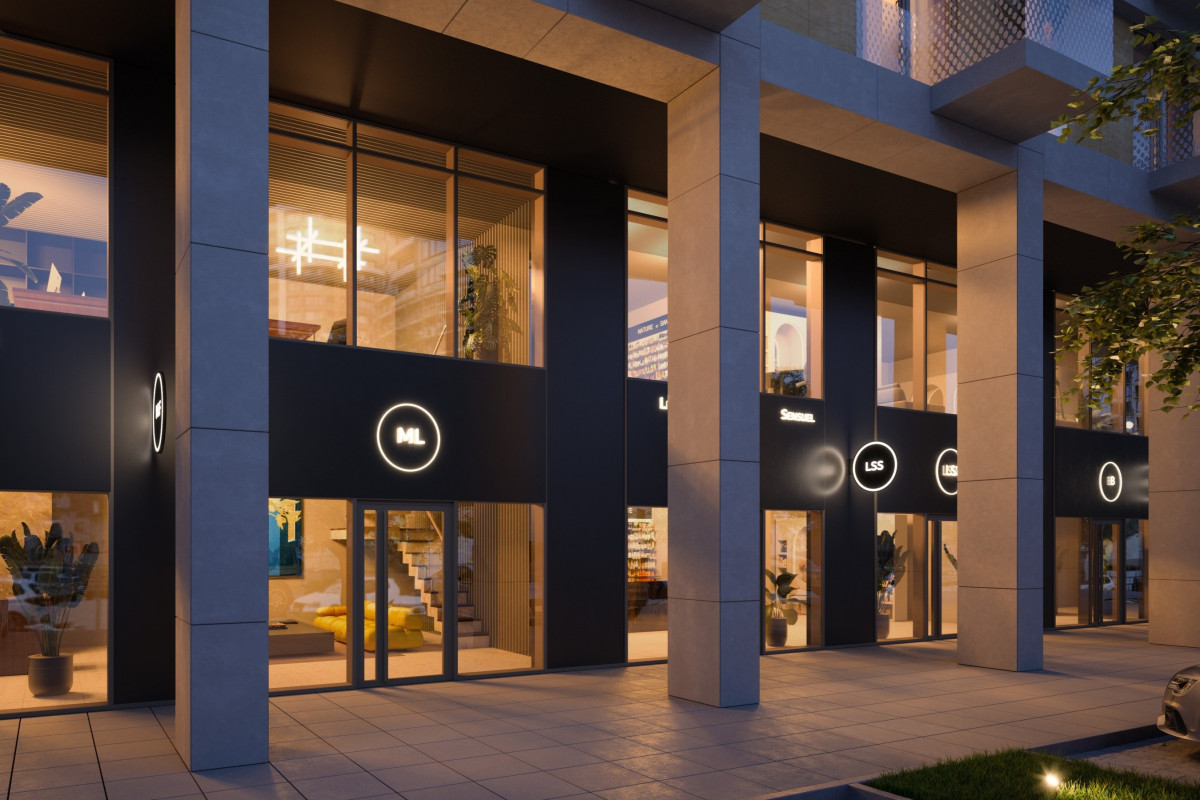 Commercial Spaces in Bratislava? Build Your Successful Business at This Address
Commercial Spaces in Bratislava? Build Your Successful Business at This Address
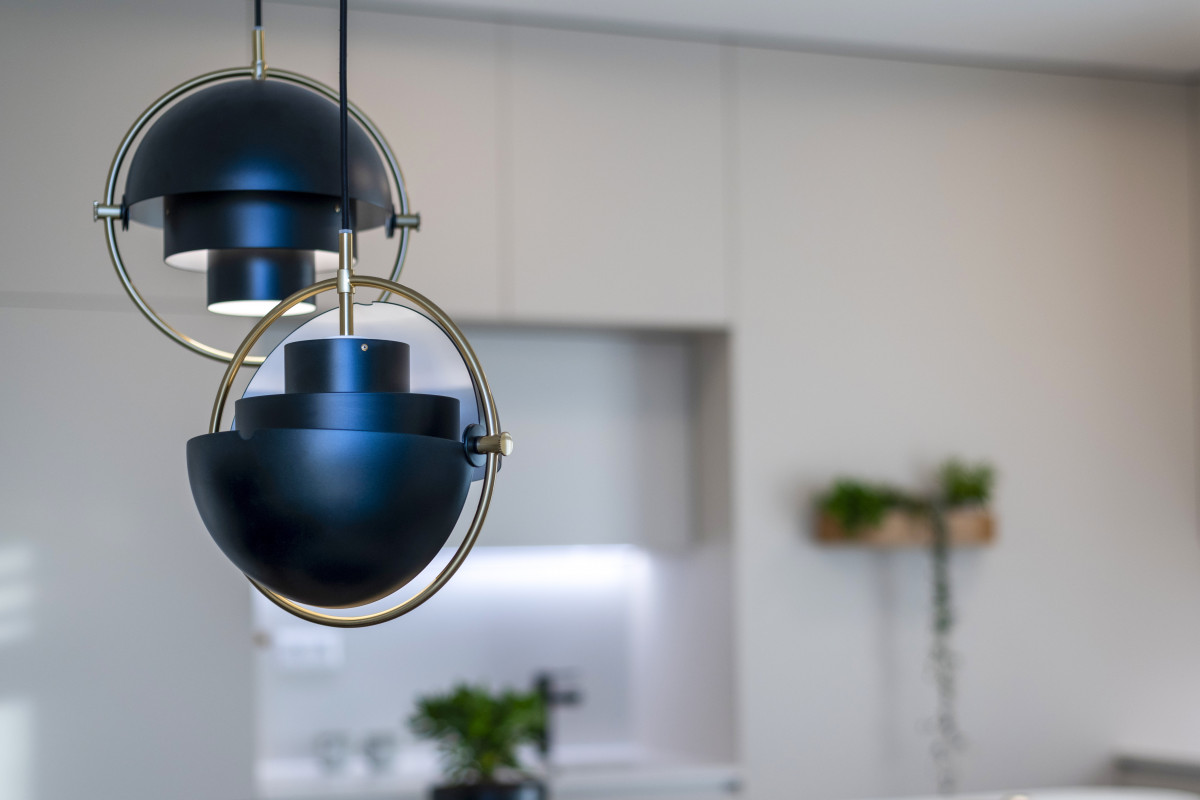 Lighting in the Metropolis Project: Design and Functionality in Harmony
Lighting in the Metropolis Project: Design and Functionality in Harmony